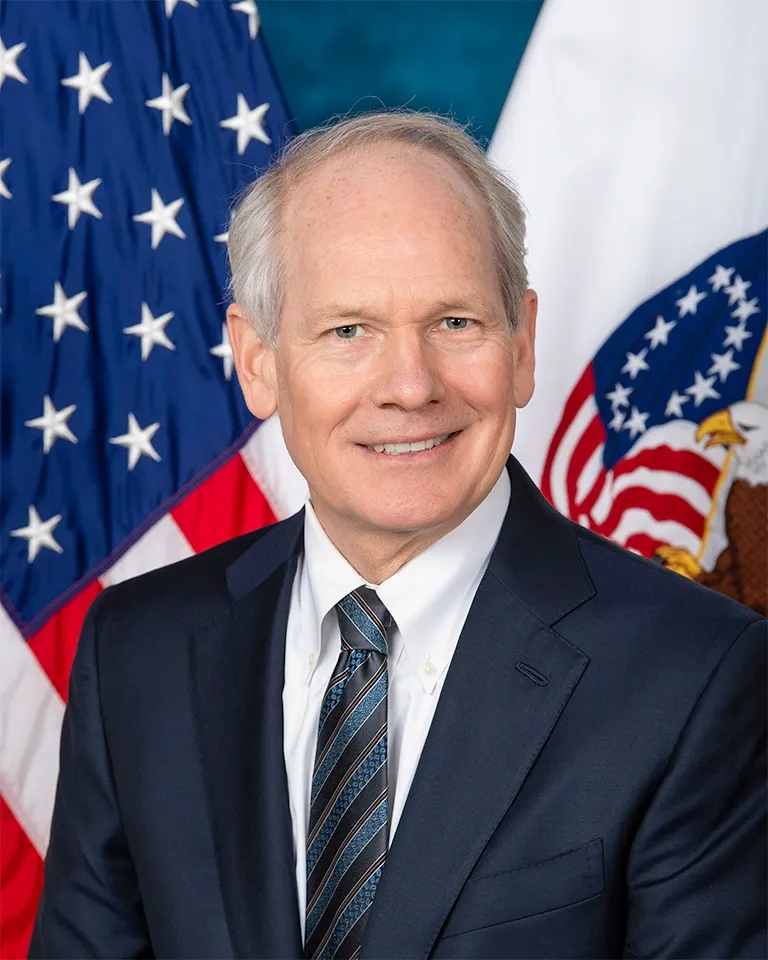When Kurt DelBene joined the U.S. Department of Veterans Affairs in January 2022, his task was to take the agency’s digital transformation to the next level.
The VA is the largest integrated healthcare system in the U.S. and expects to see 7.3 million unique patients in fiscal year 2023. For the coming fiscal year, the VA requested $325 billion in funding, of which $6.4 billion is set aside for Office of Information Technology discretionary funding to support modernization.
“Think about this as the largest integrated health care provider in the United States, and the largest benefits provider in the United States all wrapped up in one,” said DelBene, who serves as CIO and assistant secretary for IT. “It’s really a massive organization.”
The agency, which has struggled in the past with technical debt, is in the process of modernizing systems. But in order for the VA’s IT department to truly level-up, it needed to address the way employees work.
Like many other tech leaders, DelBene’s digital transformation strategy and leadership style are influenced by previous experiences — what worked and what didn’t.
DelBene had two stints at Microsoft, first as president of the Office division and more recently as EVP of corporate strategy and core services engineering and operations in 2021. In between the leadership roles at Microsoft, the Obama administration appointed DelBene to help its health insurance marketplace website Healthcare.gov, recover after its 2013 crash.

One of the first steps DelBene took when he joined the VA last year was to flatten the organization so that decision-making and collaboration could happen in a more effective way. The change made a vast IT organization, numbering nearly 10,000 full-time employees who are responsible for around 700,000 desktops and over 1,000 systems across 2,000 locations, more manageable.
“Underneath the primary deputy assistant secretary, who reports to me, there are a dozen direct reports, and that is much more how a commercial software development organization would run,” DelBene said.
The agency is looking to transition to a buy-before-build model as a way to reduce further accumulation of technical debt, which would decrease its development budget by 12% or $16.4 million from the 2023 enacted budget.
But as the agency pulls back on its development efforts, it’s increasing investments in its staff. The proposed 2024 budget would add $113 million to its staff funding to reach $1.6 billion.
“None of it works unless you have a great investment in people, and people are our greatest asset, and they are a scarce asset,” DelBene said. “We try to make this a great place for people to work, to have clear careers [and] pay them competitively.”
The agency also wants to connect workers to its mission of delivering services to veterans in need, DelBene said.
The VA implemented a long-awaited pay raise for the agency’s IT and cybersecurity workforce on July 16. The special salary rate increases the average pay by 17% for covered employees.
Prioritizing projects
As the agency beefs up its efforts around staffing, DelBene is honing in on how teams work.
“There’s this tendency in IT to feel like you’re order takers and for the stakeholders to feel like they can give the orders,” DelBene said.
From a technology perspective, leaders have to step back to find the best way to address new projects. Sometimes stakeholders ask for something that’s super easy to do quickly, DelBene said, but other times a project suggestion could lack technical understanding or require more resources than what’s available.
To ensure IT workers and stakeholders are clear on the resources available for new projects, the teams closely tie budget items to priorities. When the team does not have a budget for a project, it goes into a list of unfunded requirements. From there, discussions are held to determine which projects are the priority, and if they could be funded midway through the year.
The results of these discussions are then communicated to the Hill in an effort to increase transparency about what the IT organization has on deck, DelBene said.
“We have really honed our skills on how we tie [priorities] to budgeting,” DelBene said. “I think our relationship with Congress is improving, even if we have to have difficult conversations about, like, ‘Well, we’ve got some system outage issues here that we’re dealing with.’”
DelBene cuts through bureaucratic red tape by defining objectives and key results that are communicated throughout the organization. These metrics are reevaluated each semester.
“We have dashboards on most topics, but one that’s really important to me is the resiliency scorecard and I look at it a ton,” DelBene said. The resiliency dashboard provides visibility into the health of the agency’s critical systems, tracks anomalies and calculates the percentage of outages caused by internal changes.
“That cuts through the bureaucracy because you get real focus on the things we’re measuring,” DelBene said.





















